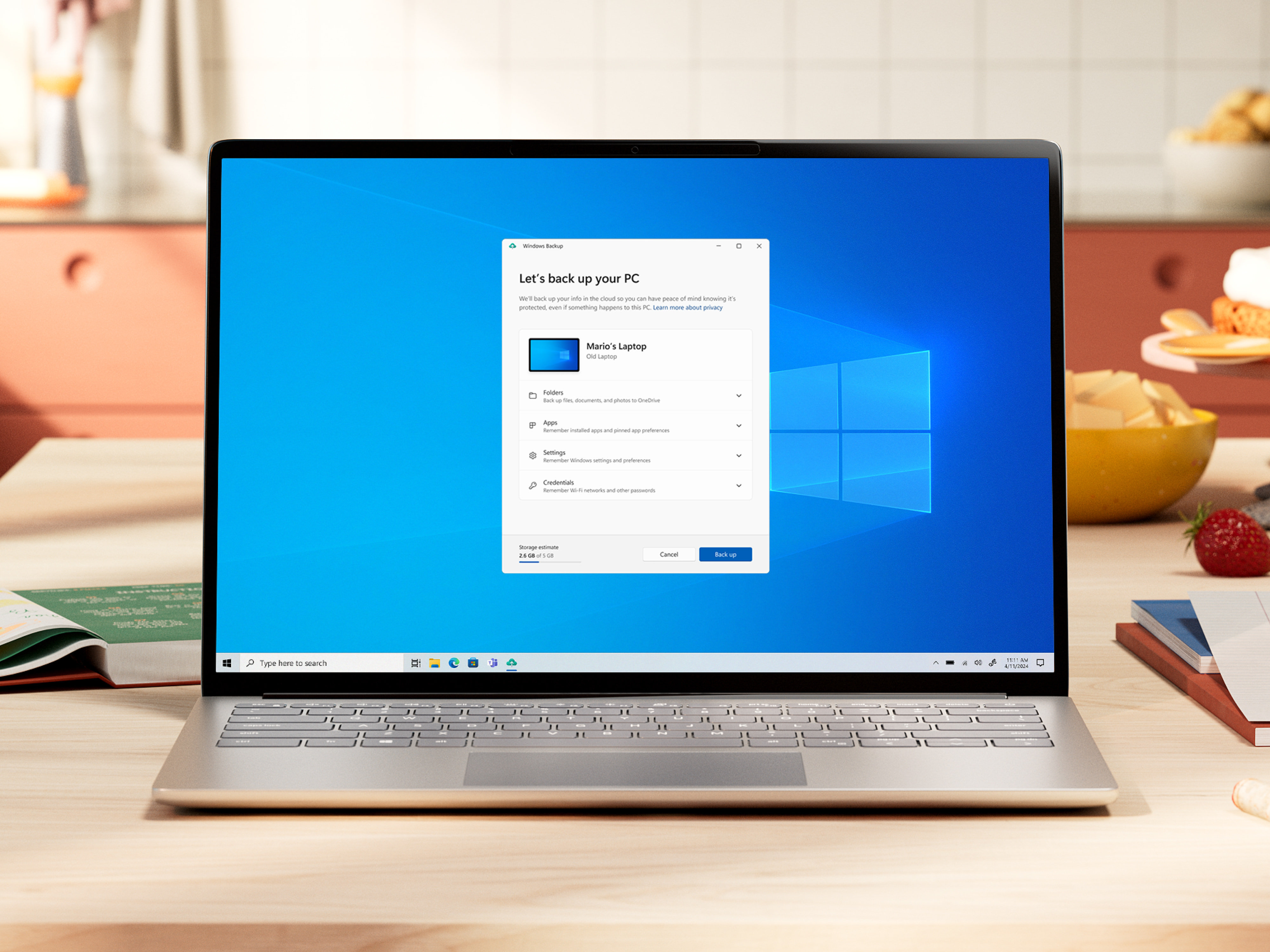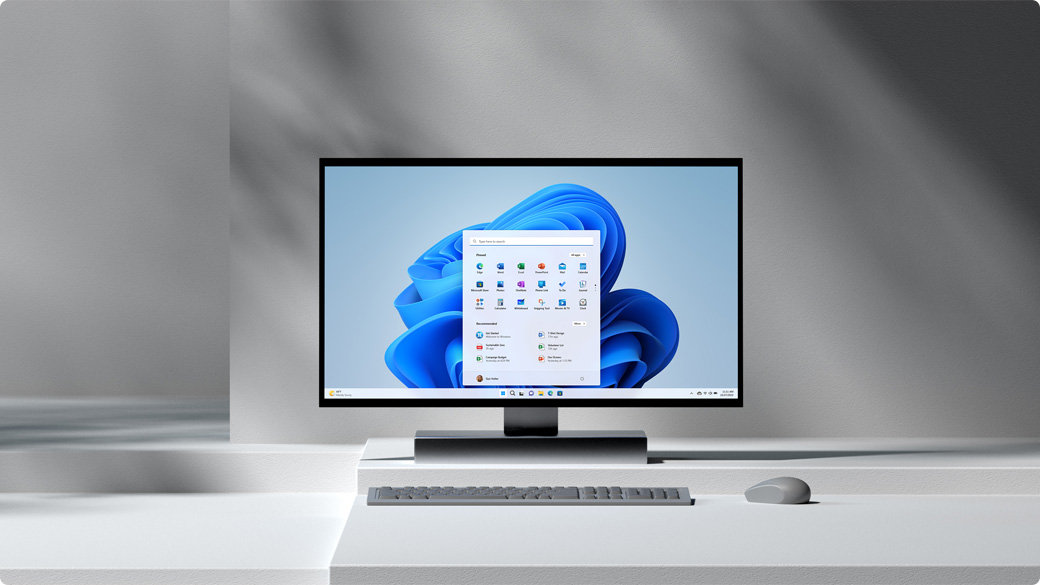As the lifecycle of Windows 10 approaches its end, IT administrators across the globe face the critical task of preparing their organizations for a smooth transition. Microsoft’s end-of-support policy entails not only the cessation of regular updates but also the potential for increased security vulnerabilities. This guide serves to provide IT admins with essential insights and strategies to navigate this period effectively, ensuring system stability and security as they transition to newer platforms.
Preparing for Windows 10 End of Support: Key Steps
The first step in preparing for Windows 10’s end of support is to conduct a comprehensive audit of all systems and devices running the operating system within your organization. This audit should identify all machines, their specific versions of Windows 10, and the critical applications they support. Understanding the scope of the transition effort will enable IT admins to prioritize resources effectively and plan a timeline that minimizes disruptions.
Next, IT administrators should evaluate the compatibility of existing hardware with newer operating systems such as Windows 11 or alternative solutions. This involves checking the technical specifications of current equipment to determine if upgrades or replacements are necessary. Organizations must also consider the costs involved, balancing between immediate hardware investments and longer-term savings from improved performance and security.
Finally, IT teams should start drafting a detailed transition plan, outlining the steps, roles, and responsibilities involved in the upgrade process. This plan should include provisions for testing and validation, user training, and fallback options in case of unforeseen issues. Early and thorough preparation helps mitigate risks and ensures that the transition is as seamless as possible.
Essential Strategies for IT Admins to Transition
As organizations prepare for the end of Windows 10 support, a phased approach to upgrading is advisable. IT admins should consider piloting the new environment with a small group of users or departments to uncover potential issues before a full-scale rollout. This step will allow the IT team to gather feedback, make necessary adjustments, and develop best practices for wider implementation.
Security remains a top priority during this transition. IT administrators must ensure that all systems are protected by implementing robust cybersecurity measures, especially since outdated software can become a major vulnerability. Regular security assessments, patch management, and user education will help safeguard the organization against potential threats during and after the upgrade process.
Communication is another critical strategy. Regular updates to end-users and stakeholders about the progress of the transition, expected timelines, and any changes in processes or applications will enhance cooperation and reduce resistance to change. Offering training sessions and support resources can also facilitate a smoother adoption of the new system, ultimately leading to a more efficient and productive workplace.
Navigating the end of support for Windows 10 presents significant challenges for IT administrators, but with careful planning and strategic execution, these challenges can be effectively managed. By conducting thorough audits, ensuring hardware compatibility, and fostering open communication, organizations can transition smoothly to newer and more secure platforms. The proactive steps taken today will not only mitigate potential disruptions but will also lay the groundwork for a more resilient and future-ready IT infrastructure.



